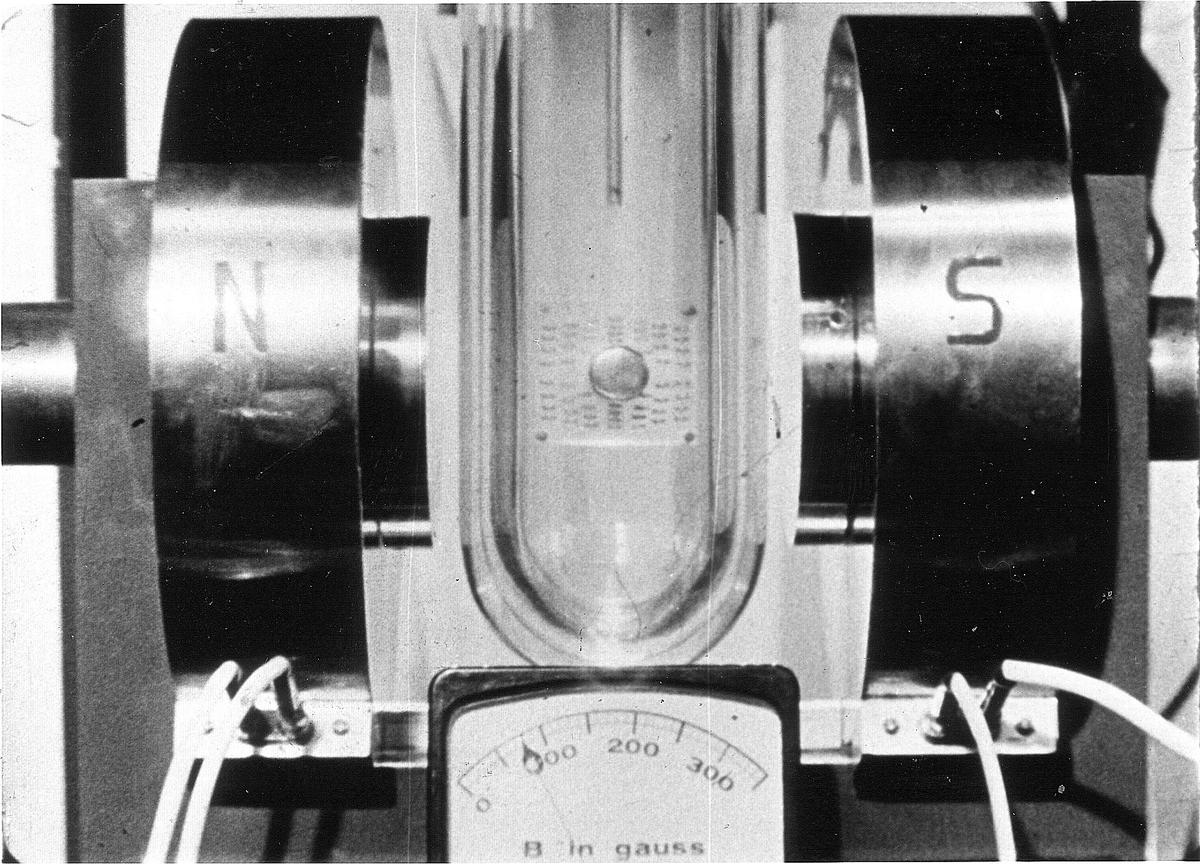- South Korean researchers recently presented LK-99, a potential room-temperature superconductor that could revolutionise industrial and medical applications due to its capacity to transmit huge currents with zero resistance.
- The significance of LK-99’s potential discovery is discussed in this article, which looks into the crucial qualities that define a superconductor.

Superconductors: An Introduction
A superconductor is a substance that exhibits four unique changes that indicate its transition to the superconducting state under particular conditions.
(1) Electronic Effect:
- When transmitting electric current, a true superconductor exhibits zero resistance.
- This attribute must be verified using advanced equipment and testing on a suitably large sample.
(2) Magnetic Effect:
- Different types of superconductors respond differently to magnetic fields.
- The Meissner Effect occurs when a type I superconductor emits a magnetic field below a critical value.
- A type II superconductor in a mixed superconducting and non-superconducting phase, known as flux pinning, prevents magnetic fields from reaching its bulk.
(3) Thermodynamic Effect:
- During the superconducting transition, the electronic-specific heat, which represents the heat required to raise electron temperature by one degree Celsius, changes dramatically.
- The electronic-specific heat reduces when the material transitions to its superconducting state.
- When the material is reheated to the critical temperature, the specific heat returns to its non-superconducting value.
(4) Spectroscopic Effect:
- The occurrence of energy level gaps, which prohibit electrons from specific energy levels, is a distinguishing property of superconductors.
- Mapping energy levels in a superconductor reveals these gaps, indicating the superconductor’s nature.
Superconductors, Conventional vs. Unconventional:
- Traditional Superconductors: These materials follow the superconducting theory of Bardeen-Cooper-Schrieffer. They exhibit predictable behaviours that can be explained by recognised scientific principles.
- Unconventional Superconductors: Unconventional superconductors, on the other hand, exhibit superconductivity that defies current theoretical interpretations. Researchers are attempting to solve the mystery origins of their superconducting abilities due to their unique features.
LK-99 Apatite Structure:
- To create LK-99, the Korean team used copper-substituted lead apatite, a phosphate mineral with unusual tetrahedral patterns.
- Superconducting qualities: LK-99 exhibited key superconducting qualities, including almost zero resistance to current flow and the rapid appearance of resistance above a critical current threshold.
- Magnetic Resilience: LK-99 maintained superconductivity in the presence of a magnetic field until a critical threshold was reached.
The LK-99 Discovery and Its Implications
- The prospective room-temperature superconductor LK-99 holds the possibility of revolutionising a wide range of industries and medical uses.
- To verify its authenticity and potential influence, independent researchers must thoroughly validate it.
- If validated, LK-99 has the potential to change the way we harness and use electrical currents in a variety of fields.
Source: https://www.cbc.ca/news/science/lk99-superconductor-resistance-explainer-1.6929966#:~:text=A%20material%20must%20have%20two,absolutely%20no%20energy%20is%20lost.
